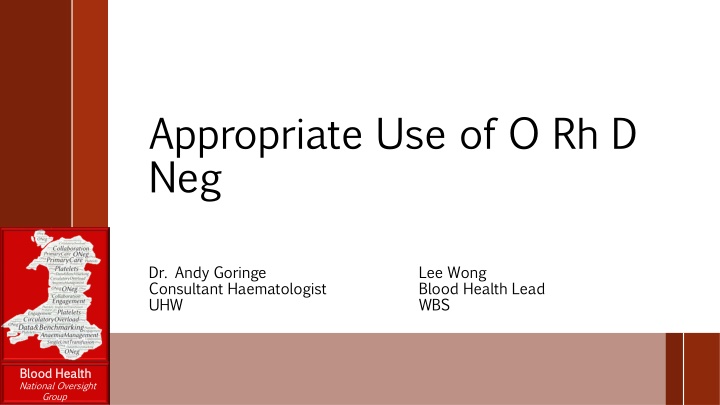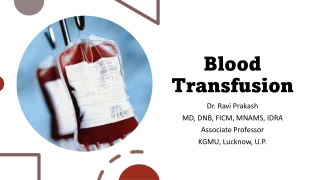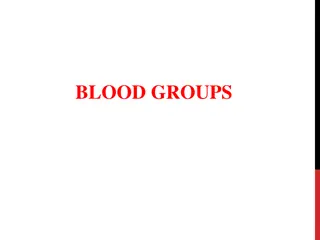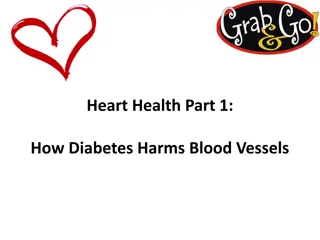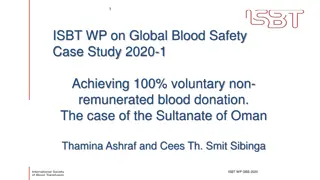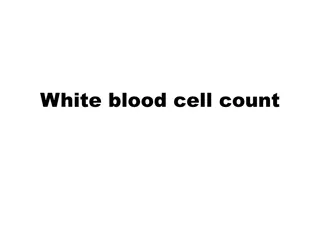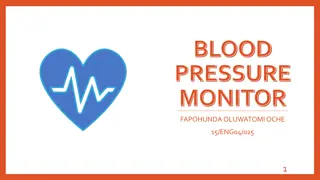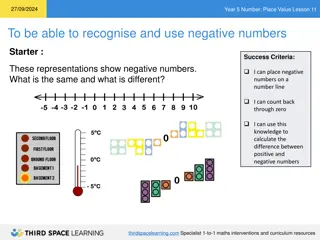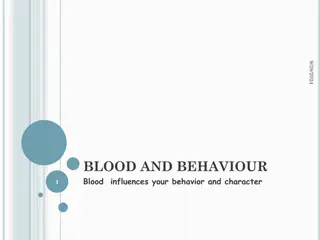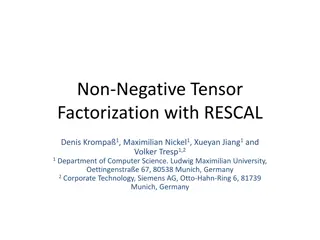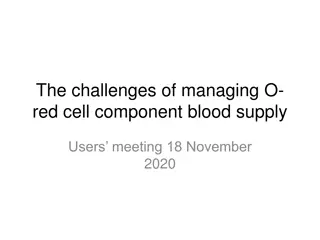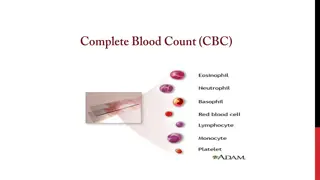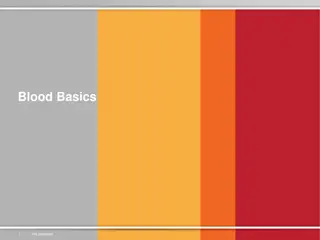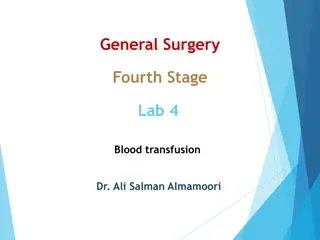Appropriate Use of O Rh D Negative Blood: Overview and Management Strategies
Red blood cells of O Rh D negative blood type are crucial for emergency situations when patient blood group is unknown. This blood type is valuable and in high demand, with specialized management schemes to prevent wastage and ensure proper allocation to those in need. Discover insights on O Rh D negative blood use and distribution from the provided data and recommendations.
Uploaded on Mar 09, 2025 | 1 Views
Download Presentation

Please find below an Image/Link to download the presentation.
The content on the website is provided AS IS for your information and personal use only. It may not be sold, licensed, or shared on other websites without obtaining consent from the author.If you encounter any issues during the download, it is possible that the publisher has removed the file from their server.
You are allowed to download the files provided on this website for personal or commercial use, subject to the condition that they are used lawfully. All files are the property of their respective owners.
The content on the website is provided AS IS for your information and personal use only. It may not be sold, licensed, or shared on other websites without obtaining consent from the author.
E N D
Presentation Transcript
Appropriate Use of O Rh D Neg Dr. Andy Goringe Consultant Haematologist UHW Lee Wong Blood Health Lead WBS Blood Health Blood Health National Oversight Group
Overview O D Neg red cells can be given to anyone & are therefore used for emergencies if patient blood group unknown Blood Health Blood Health National Oversight Group 8.2% of Welsh population O D Neg (2008). 2 years 2015 -2017 13.8% all red cells issued to hospitals was O D Neg. Hospital ordering practices result in demand sometimes outstripping supply. O D Neg extremely precious resource.
A study of the fate of O D neg units, by WBS Blood Health Team in 2016 identified: 40 of the 42 units coded as Other were transferred to another hospital to avoid time expiry 50% O D neg given to O D neg patients 42 units emergency use for O D neg/ABO unknown patients: 28 male & 8 female >50 yrs. Select O D pos for these patients ? 28% O D neg used/transferred to avoid time expiry or wasted
Blood Stock Management Scheme (BSMS) 2018 Roadshow Presentation O D Neg issues higher than requests by ~ 1,500 units/month Blood Health Blood Health National Oversight Group O D Neg wasted in hospitals more than any other group Over 1 in 4 units overall Over 1 in 3 units for Time Expired O D Neg issues falling BUT much slower than issues overall O D Neg Issues fell by 3.6% Overall red cell issues fell by 5.9%
BSMS 2018 Roadshow Presentation BSMS Feb 2016 UK survey showed that 15% O D Neg were issued to Time Expired Blood Health Blood Health National Oversight Group How many units do you think this equates to : Less than 1000 units Between 1000 5,000 units Between 5,000 7,500 units More than 7,500 units Based on 2017 (Jan Dec) issue figures 15% of 185,427 O D Neg issued = 27,815 units
What is the Issue Inappropriate use of O D Neg units is an issue that we need to resolve. If we don t then we will not have sufficient units to give to the patient groups who need to have them. So what do the BSH guidelines say Blood Health Blood Health National Oversight Group need to Dependant on the age & sex of the recipient plus clinical speciality BSMS 2018
Appropriate Use of O D Neg Work Stream Appropriate Use of O D Neg working group established as part of the Blood Health National Oversight Group to implement Blood Health Plan Working group led by Dr Andy Goringe, Consultant Haematologist, C & V Members - Transfusion Laboratory Manager, Transfusion Practitioner, ED Consultant, WBS Medical Director, EMRTS representative Blood Health Blood Health National Oversight Group
WORK STREAM PRIORITIES Need to establish current practice 3 initial priorities: Fate of O D Neg unit survey with Hospital Transfusion Labs Develop Dashboard for individual hospitals to monitor blood use Benchmark Major Haemorrhage procedures in Wales to identify best practice
Some thoughts for Discussion Use of O D Pos in Trauma BSMS Roadshow 2018 Consider 100 cases Population Rh D Neg = 17.07% (BSMS 2009) Therefore17 trauma cases should be Rh D Neg Percent females under 55 = 34% (of which 8.5% under 14 BSMS 2016) Approx. 6 of 100 trauma patients female under 55 years That assumes that females are as likely to be trauma patients as males. But LAS report Oct 2017 over 75% of trauma patients male So of your 100 trauma cases you can expect 2 to be female less So of your 100 trauma cases you can expect 2 to be female less than 55 years old than 55 years old Blood Health Blood Health National Oversight Group
Some thoughts to Focus Discussion BSMS Roadshow 2018 Blood Health Blood Health National Oversight Group
Thank you for listening Dr. Andy Goringe Consultant Haematologist UHW Lee Wong Blood Health Lead WBS Blood Health Blood Health National Oversight Group
